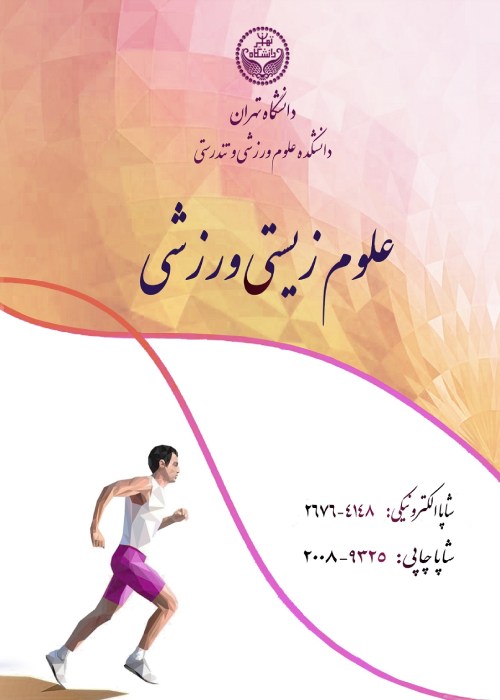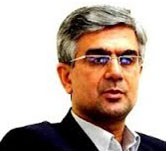Sphingosine-1-Phosphate: a Growth Factor in Hypertrophy following Resistance Training
Author(s):
Abstract:
Sphingosine-1-phosphate (S1P) is a bioactive platelet-derived sphingolipid involved in regulation, proliferation, differentiation, hypertrophy and anti-apoptosis of cells and activation of satellite cells. The aim of the present study was to investigate S1P as a growth factor in response to resistance training in male Wistar rats. 24 eight-week-old male Wistar rats (190–250 gr.) were used in this study. After a week of acclimation to the animal facility, the rats were assigned randomly to a control (N=12) or training (N=12) group. Resistance training was performed using a 1-meter ladder with 2 cm distance between the grids with 85° inclination, and weights attached to rats’ tails. The content of sphingosine-1- phosphate (S1P) in the chloroform layer was determined by high performance liquid chromatography (HPLC). To determine mRNA gene expression, Real-time PCR was used. S1P1, S1P2, S1P3, MyoD and Myogenin gene expression was investigated in HFL and SOL. The Results showed that resistance training increased the total content of S1P in plasma (p=0.001) of trained group in comparison with the control group. Furthermore, resistance training increased the gene expression of S1P1 in FHL (p=0.001) and SOL (p=0.000), S1P2 in FHL (p=0.000) and SOL (p=0.603), S1P3 in FHL (p=0.021) and SOL (p=0.009), MyoD in FHL (p=0.000) and SOL (p=0.001) and Myogenin in FHL (p=0.000) and SOL (p=0.000) of experimental group in comparison with control. There was a significant positive correlation between S1P plasma and gene expression of MyoD in the experimental group. There was no significant correlation between gene expression of S1P1 and MyoD gene expression in groups or muscles (p>0.05) while there was a significant positive correlation between gene expression of Myogenin and S1P1. Furthermore, there was a significant positive correlation between S1P2 and MyoD gene expression. There was a significant positive correlation between S1P3 and MyoD gene expression. It can be concluded that resistance training can increase the S1P content in plasma and its receptors. According to structural and functional roles of sphingolipid and its receptors and their increase after resistance training, this factor might be a growth factor and a signaling pathway in skeletal muscle adaptation.
Keywords:
Resistance Training , S1P Receptor , Myogenin. , S1P , MyoD
Language:
Persian
Published:
Sport Biosciences, Volume:4 Issue: 12, 2012
Page:
111
magiran.com/p1062338
دانلود و مطالعه متن این مقاله با یکی از روشهای زیر امکان پذیر است:
اشتراک شخصی
با عضویت و پرداخت آنلاین حق اشتراک یکساله به مبلغ 1,390,000ريال میتوانید 70 عنوان مطلب دانلود کنید!
اشتراک سازمانی
به کتابخانه دانشگاه یا محل کار خود پیشنهاد کنید تا اشتراک سازمانی این پایگاه را برای دسترسی نامحدود همه کاربران به متن مطالب تهیه نمایند!
توجه!
- حق عضویت دریافتی صرف حمایت از نشریات عضو و نگهداری، تکمیل و توسعه مگیران میشود.
- پرداخت حق اشتراک و دانلود مقالات اجازه بازنشر آن در سایر رسانههای چاپی و دیجیتال را به کاربر نمیدهد.
دسترسی سراسری کاربران دانشگاه پیام نور!
اعضای هیئت علمی و دانشجویان دانشگاه پیام نور در سراسر کشور، در صورت ثبت نام با ایمیل دانشگاهی، تا پایان فروردین ماه 1403 به مقالات سایت دسترسی خواهند داشت!
In order to view content subscription is required
Personal subscription
Subscribe magiran.com for 70 € euros via PayPal and download 70 articles during a year.
Organization subscription
Please contact us to subscribe your university or library for unlimited access!



